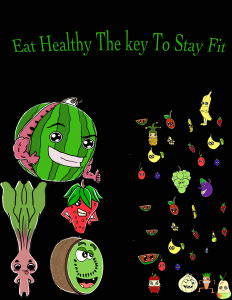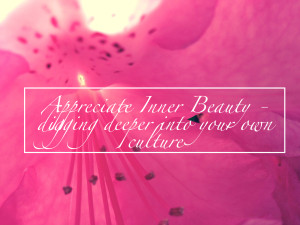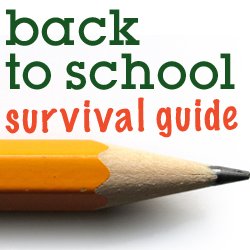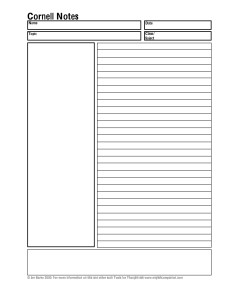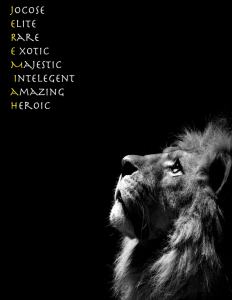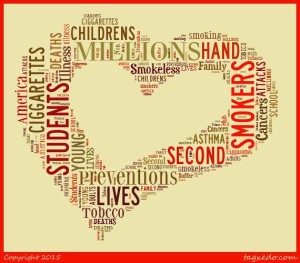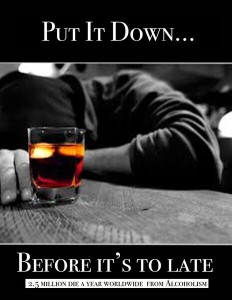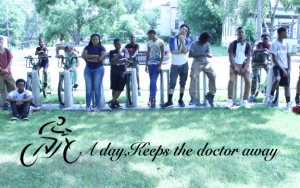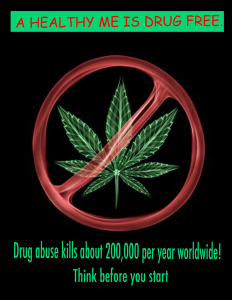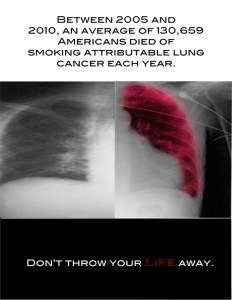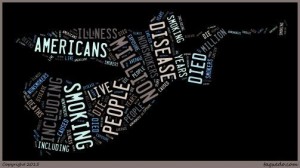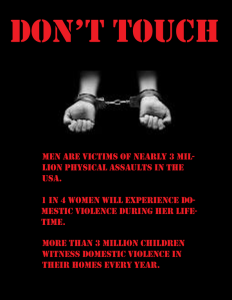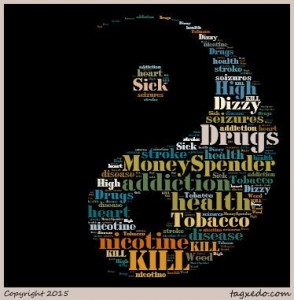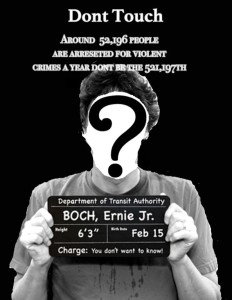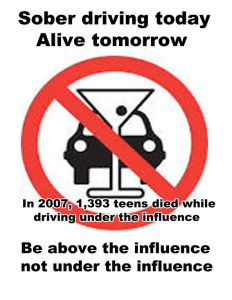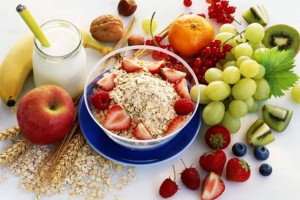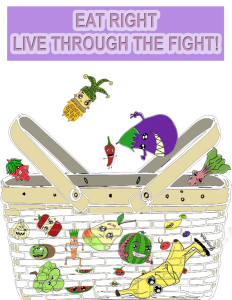
“MINNEAPOLIS (WCCO) — Obesity rates across the country are still high despite the billions of dollars being spent on programs aimed at lowering than number, according to a new report from the Centers for Disease Control.
Minnesota is one of only five states that saw an increase in adult obesity rates last year – just shy of 28 percent.
Despite the rise, Minnesota’s rate is the 15th lowest in the U.S.
Overall, more than two-thirds of U.S. adults are either overweight or obese.
The average American today is 24 pounds heavier than his or her counterpart in 1960.” – http://minnesota.cbslocal.com/
Obesity is a real health issue arising in Minnesota. Sometimes, it is about the choices of a unhealthy lifestyle that affects people’s. So what can we do as a community to lower the rates of obesity?
- Encourage your family, friends, and community to exercise! Whether it’s a daily or once a week, it is much better for your health than not being physical at all.
- Buy groceries and foods from your local farmers and markets! There are actual organic and affordable food on the market. One just have to research a little bit to get information on where to get healthier food alternatives.
- Stray away from fast food as much as possible. Although they’re cheap, fast, and easy to get, fast foods have more fat and sodium than you need on a daily basis. You can try to reduce the amount you eat fast food as you go on.
- Join community marathons! These opportunities are a great way to exercise, support organizations, and meet new people. You will learn that there are many people out there who share the same cause as you do.
- Living healthy is making smart choices! Being obese is a physical struggle and a mental challenge. Anyone can be healthier just by making healthier choices. It is always hard in the beginning, but once you make it a habit to life it won’t seem as difficult as before.



